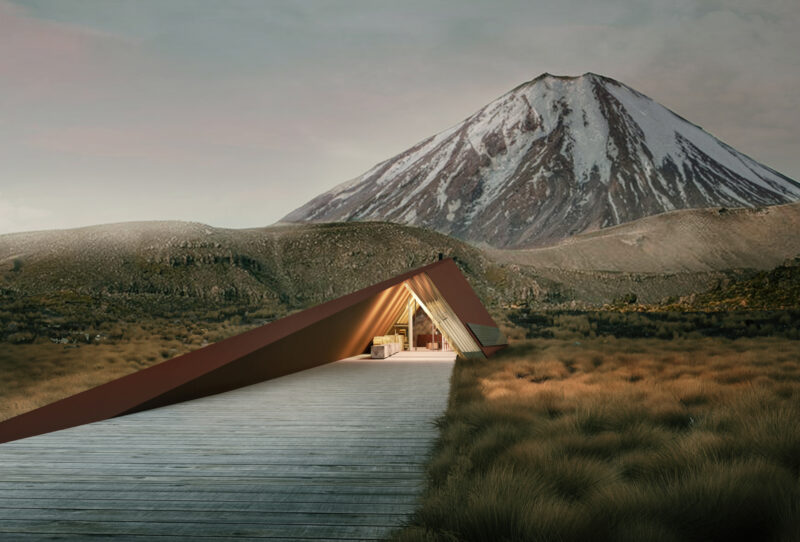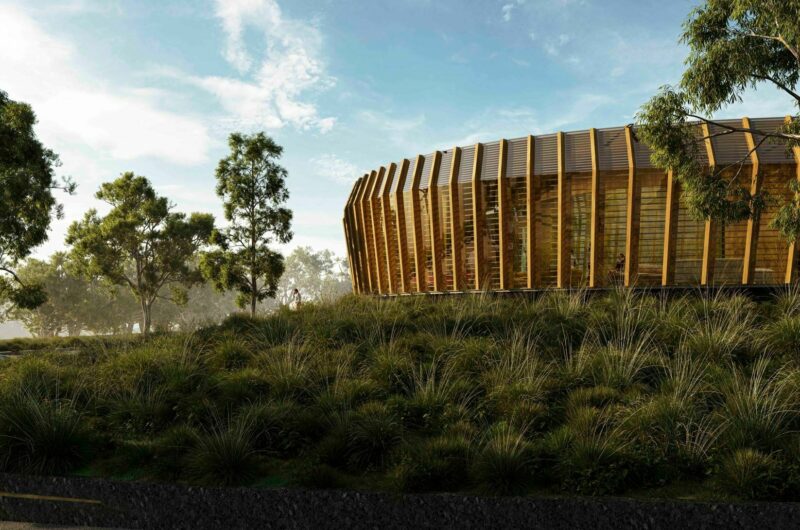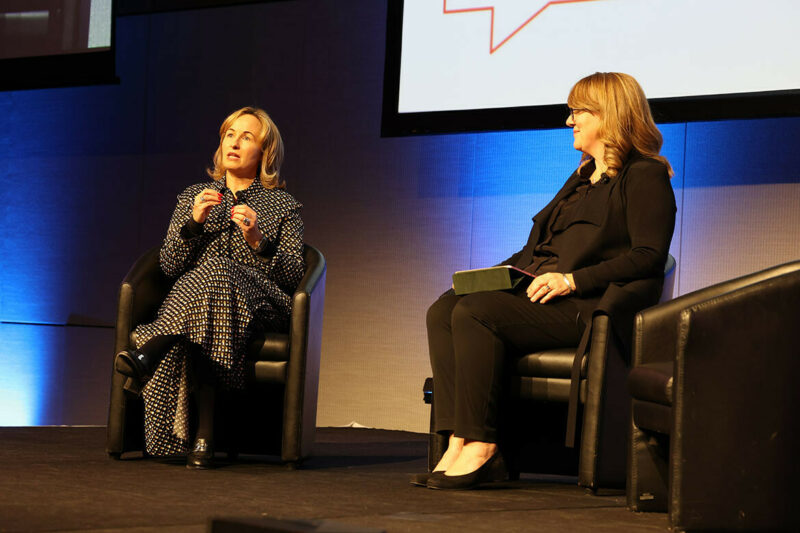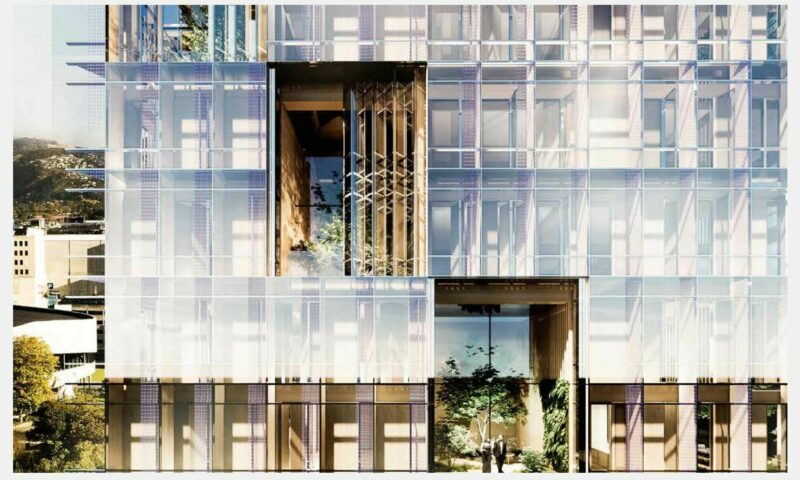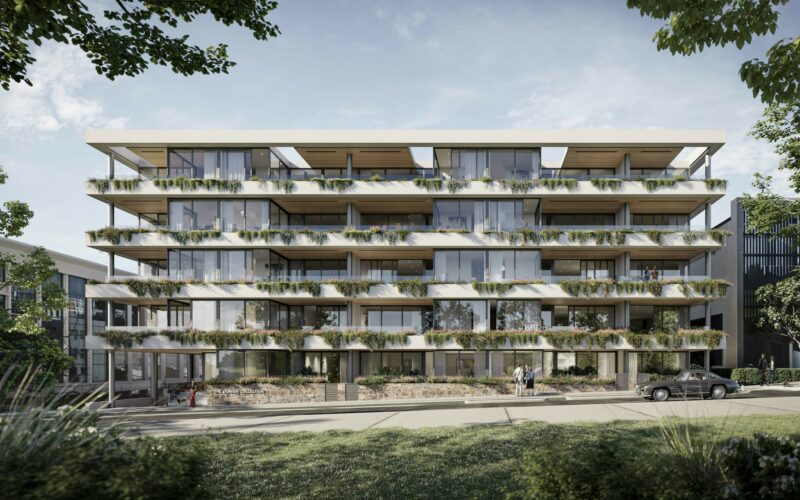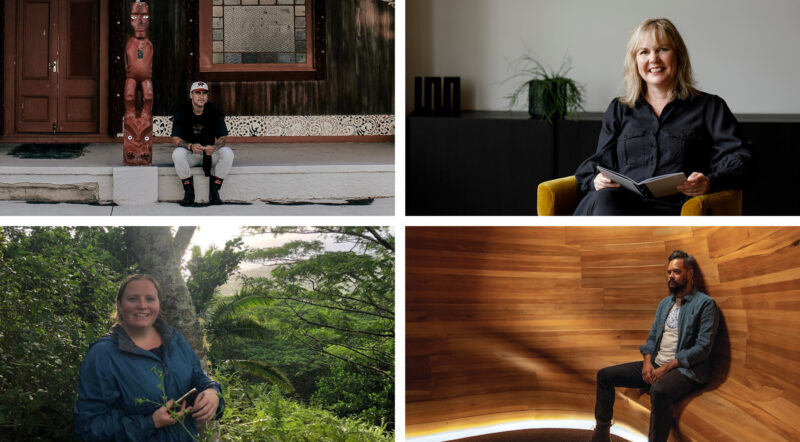The decade has been dominated by the shift to student-centricity in the design of campus spaces. But how do we anticipate the needs of future students in a dramatically changing context?
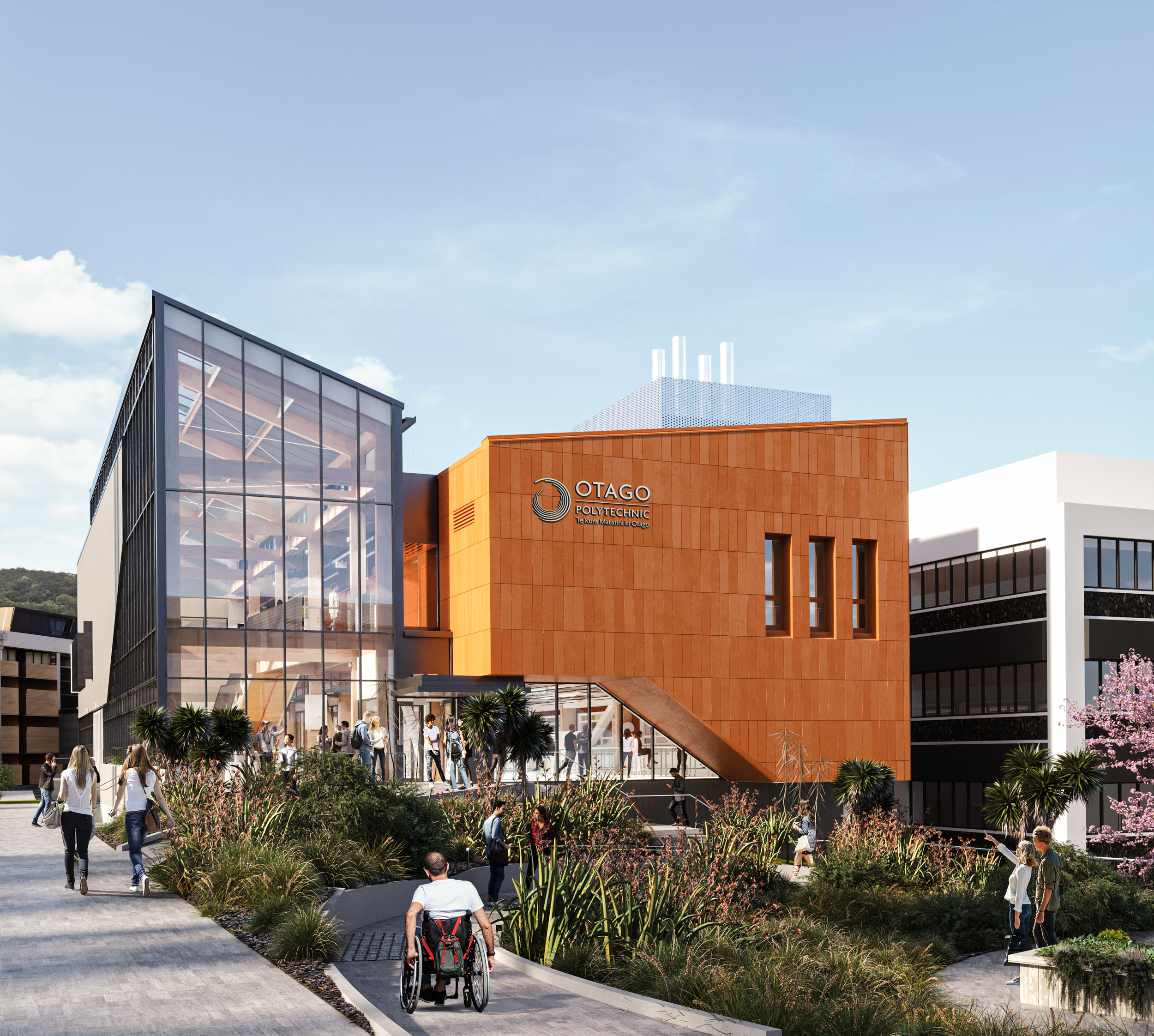
What is clear is that incrementality is not enough. And neither is building to minimum standards. Audacious change is needed. We are now in a position with the right insights and tools to develop buildings that meet the holistic needs of future students in an authentic and robust way.
Tools and practices - such as Mass Timber and Passive House - enable an authentically sustainable framework for design.
Because there’s a real obligation on universities to demonstrate audacious problem solving and through this, inspire the same sense of ambition in students in their response to the climate challenges that lie ahead.
So, this is not just about understanding the functional needs of future students; but also aligning our values with those of a generation that understands they need to ‘be the change’.
Bottom line: students' decisions as to where they want to study will be heavily guided by their values.
Tertiary campuses and their sports and recreation facilities are strongly-evidenced strengths of Warren and Mahoney. As we continue to deliver great student projects we’re being led by insights from our own proprietary research.
One of these key trends we have unearthed was this need and an expectation for audacious change in delivering more sustainably built places to learn.
Audacious change is about having a willingness to take bold risks to affect real change at pace, which can stand up to interrogation. Future proofing the function and performance of tertiary buildings as more than just visual monuments of campus life.
So how do we move beyond incremental change and current practice that is out of step with the audacious leap required to meet our climate goals?
One of the biggest disruptions to the building industry in the last decade is the rise of Mass Timber construction. Laminated timber beams, columns and wall panels provide a lightweight engineering alternative to traditional concrete construction. Manufactured with a low carbon footprint and from a renewable resource, it’s a solution that also responds well to the program and cost demands of the current market.
Over the last four years, I’ve worked with Monash and La Trobe Universities, and been with them on the design journey to deliver more than $125m of Mass Timber projects to campuses in Melbourne. And when I explain how these projects got realised, it always comes back to one answer – the desire to demonstrate carbon leadership.
In the market there is plenty of hype around Mass Timber and it’s equalled by a healthy dose of scepticism. There are procurement issues that get flagged by quantity surveyors and project managers. There are compliance issues that require real interrogation by the design team and builder. And for many in the industry that simply equates to risk. But for others it’s an opportunity to truly innovate.
Rapid Prototyping, digital fabrication and offsite manufacturing of Mass Timber shifts construction from the mire and mud of building sites into our suburban factories.
Construction becomes about assemblage parts and panels, with timber components able to be easily repurposed at the end of their life. The ambitions of a circular economy become a real possibility.
Through both showing respect through reuse, and truly harnessing one of nature’s greatest resources, Mass Timber puts the environment as the central focus of design.
Another area we need to consider making audacious change in is the loss cycle carbon costs from our buildings.
Right now, the most well-known sustainable initiatives drive design to worthy outcomes and star ratings, but the dirty secret is we've actually only seen minor improvements in the actual energy performance of our buildings over the last decade. Compliance is simply not good enough.
One design standard that addresses building performance head on is the concept of Passive House - a voluntary standard for energy efficiency in a building, which reduces the building's operational carbon footprint.
By taking a holistic view of the total building fabric and its systems, Passive House drives energy use to a fraction of previous demand, and delivers high quality indoor environments to its occupants. Outcomes are delivered by design teams collaborating closely and working with and not in ignorance of ‘building physics’. It’s about a genuine aspiration to go the extra mile. Perhaps this is why we've seen institutions such as Monash University in Melbourne believe in the science to truly capitalise on both the operational carbon and cost savings opportunities.
Warren and Mahoney is bringing these principles together at the Otago Polytechnic Trades Training Centre. This is a remarkable project that uses the Living Building Challenge as its sustainable design framework. With a Mass Timber structure, it also uses Passive House principles for thermal performance, airtightness, and ventilation. The building has been designed as a teaching tool for its academic cohort – surely the ideal living laboratory for our campuses.
Our educational institutions are so well placed to take advantage of initiatives like Passive House. They own and are responsible for their assets for decades, and their staff and students are highly motivated by audacious carbon targets and importantly, real outcomes they can experience day-to-day. The measure of success will be whether the innovation of our universities impacts the wider market.
Being prepared to take risks and to use the right tools - to embrace audacious change - will ultimately deliver what is measurable success for universities – having built a place of learning that also acts as the blueprint for healthy sustainable communities.



